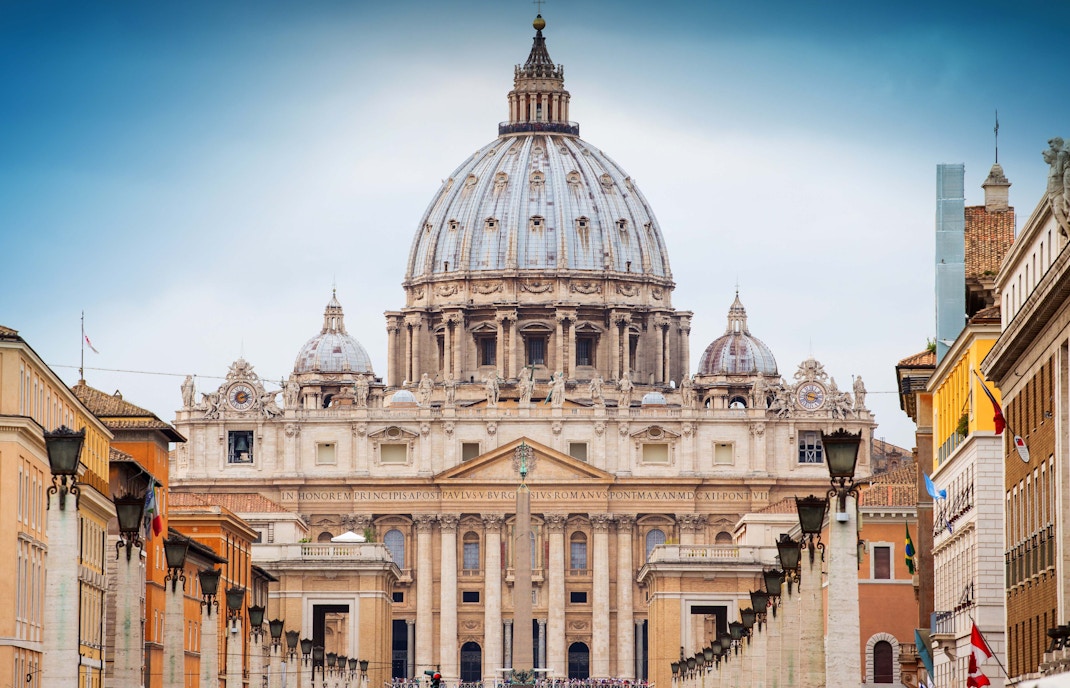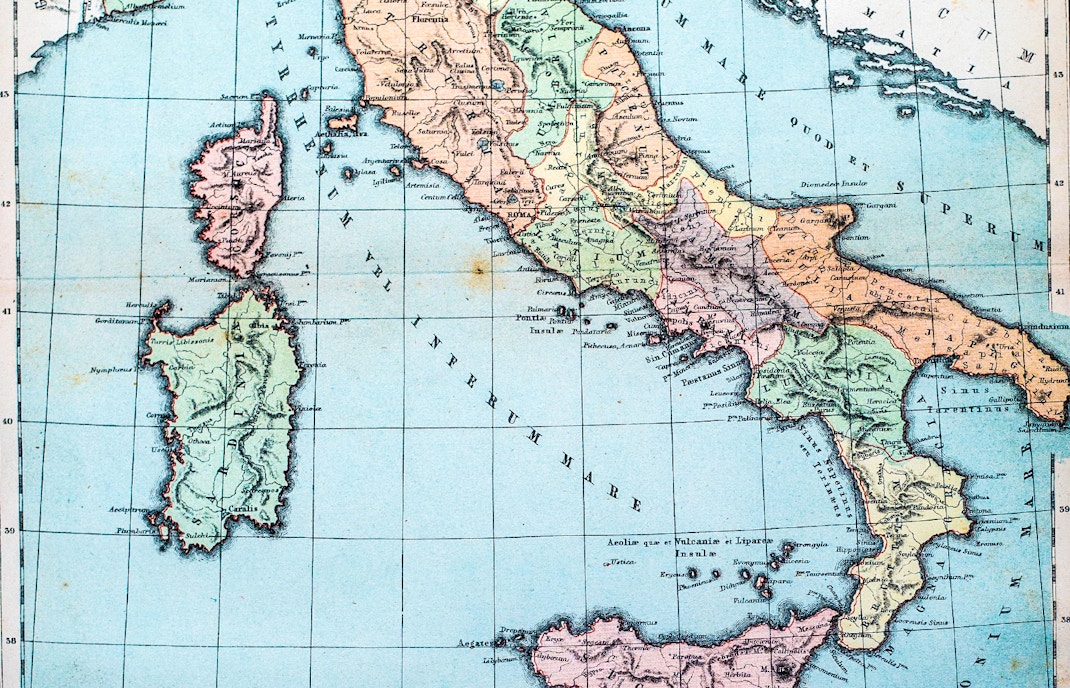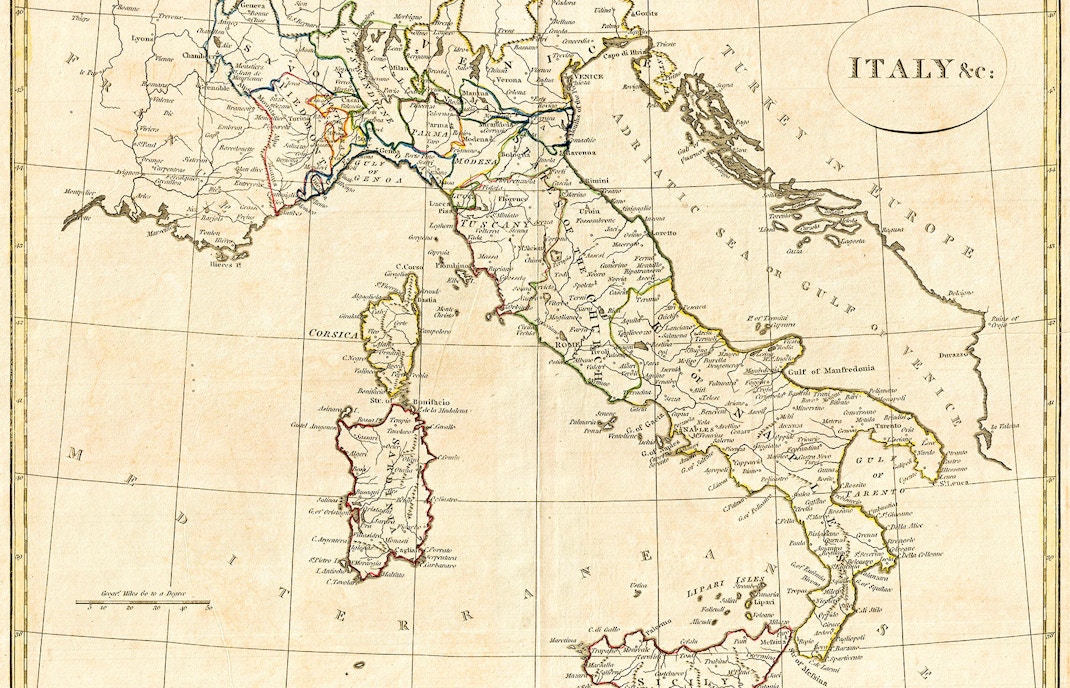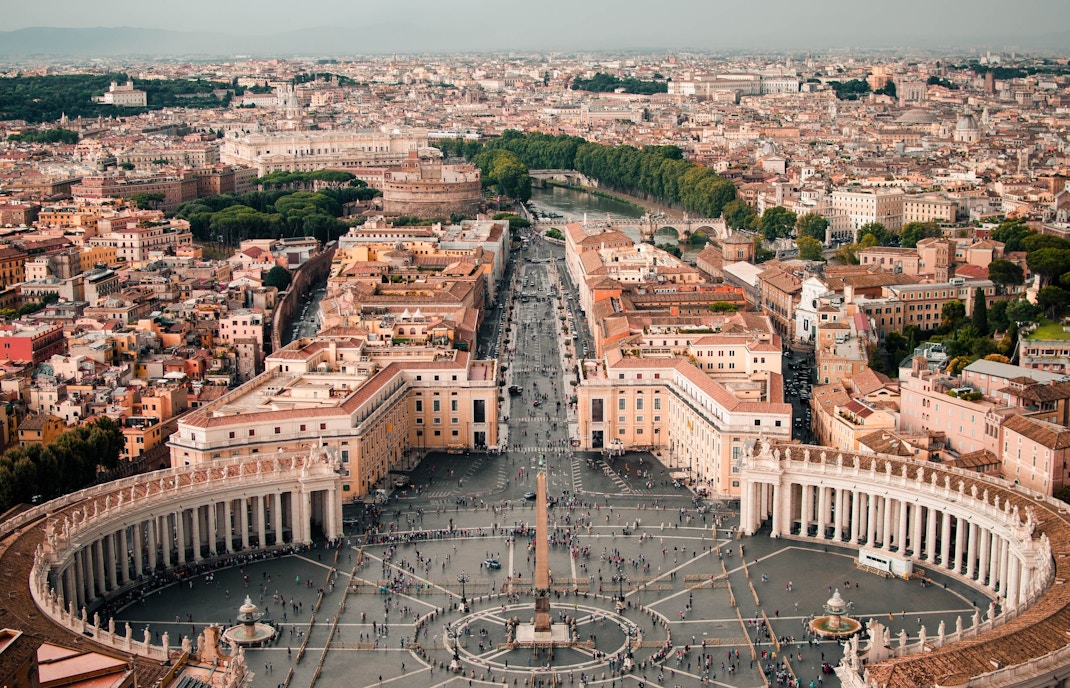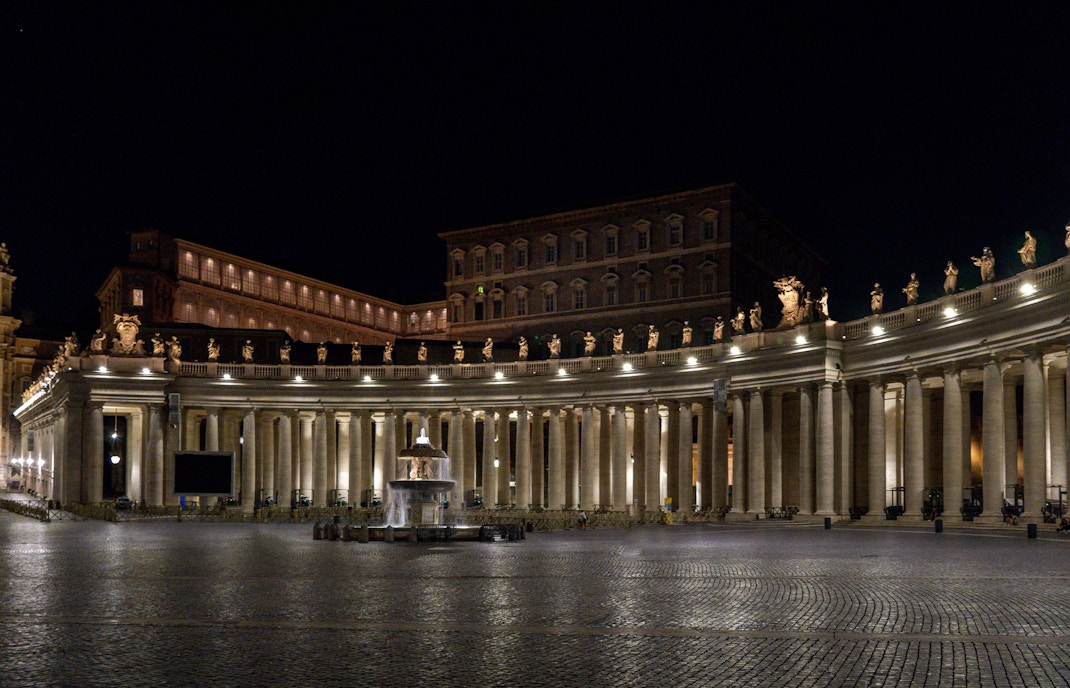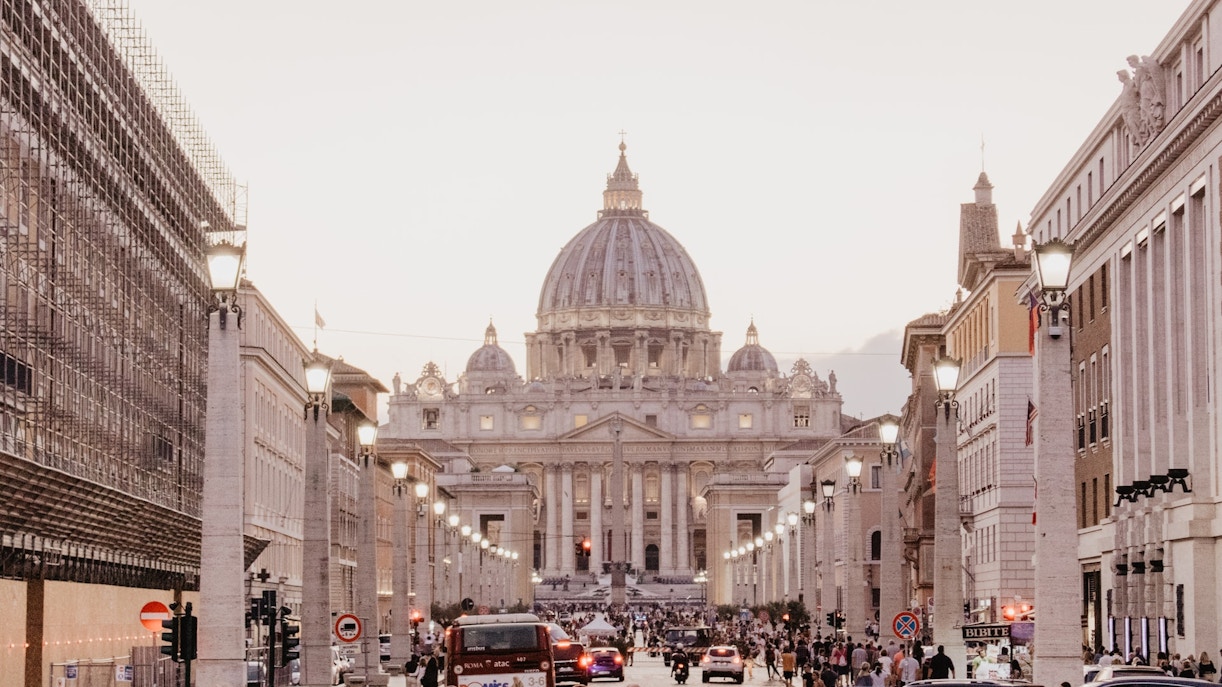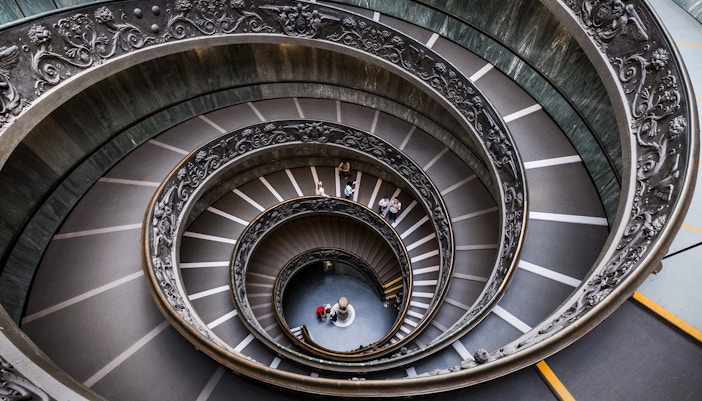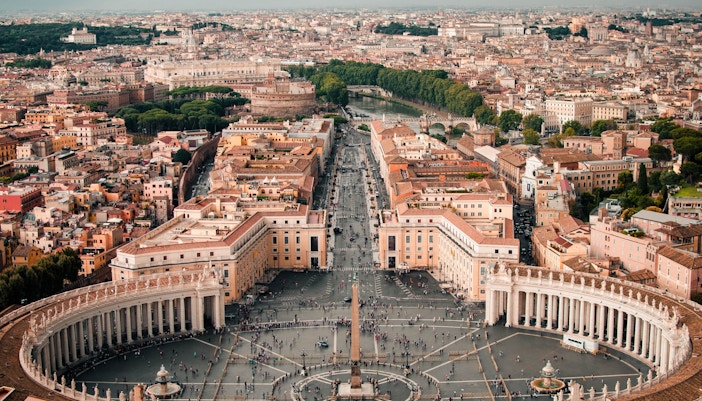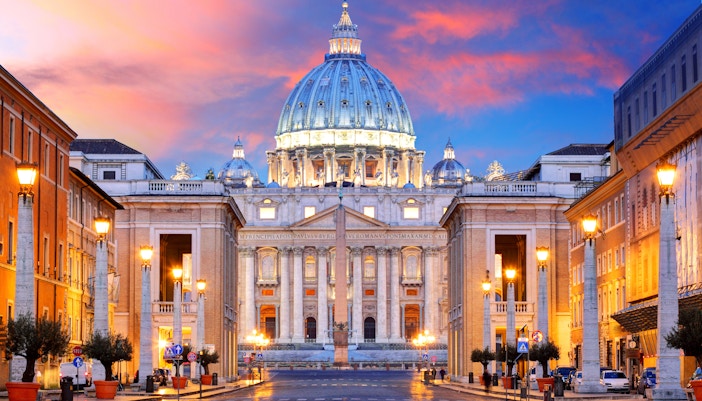1st century BC - 41 AD
During the Roman Republic, "Vatican" referred to the Ager Vaticanus, a flood-prone area near Etruscan Veii. By the 1st century AD, it included today’s St. Peter’s Square. Between 14 BC and 33 AD, Agrippina the Elder drained the land, her son Caligula built a circus there, and Emperor Nero finished it. The area soon became a Christian martyrdom site, including for St. Peter.
